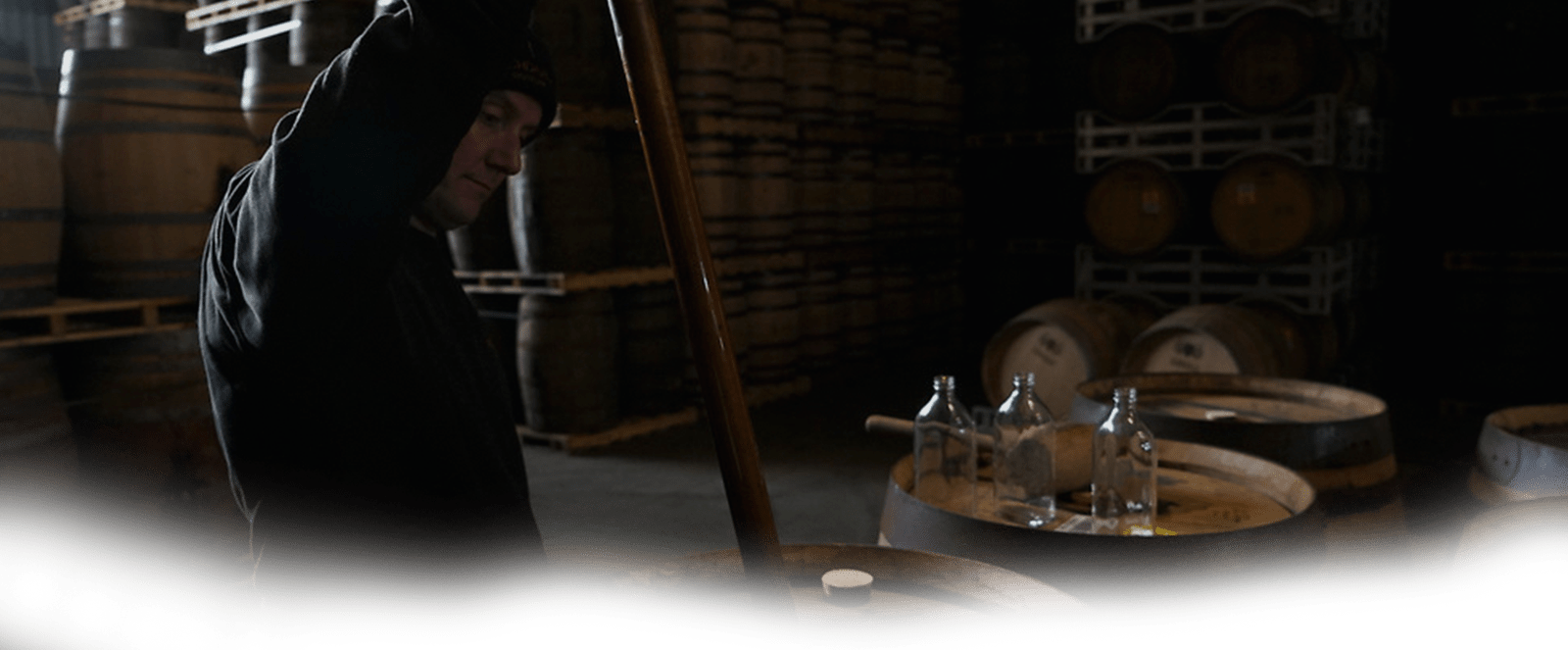02.03.21 Whisky Production
Fife Whisky – a Whisky Region of its own?
There has been much discussion recently about the relevance of the Scotch whisky regions, Highland, Speyside, Islay, Campbelltown, and Lowland. Much of this has been around the flavour profiles of the whiskies that come from these areas. Close examination of today’s whiskies from Speyside and Highland show that there are many significant exceptions. Take Macallan and Glenlivet in Speyside and Dalmore and Glenmorangie in the Highland region. It would be very difficult to suggest that these great malt brands belong to a specified flavour profile driven by their common locations.
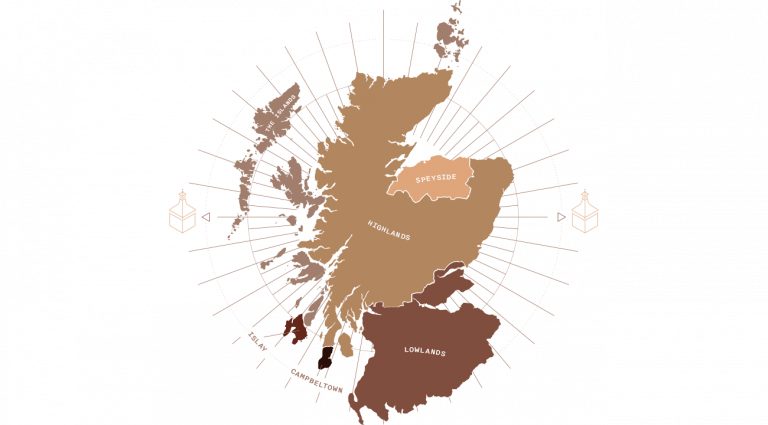
Source: Flavier.com, Scotch regions https://flaviar.com/blog/your-cheat-sheet-to-scottish-whisky-regions
The whisky regions today are more about a sense of place, they answer the question ‘where was this made’. For some consumers just ‘Scotland’ is not enough. Just like French wine, Bordeaux, or Burgundy? People are looking for authenticity to balance the growing miss trust of the long and complex supply chains. So often the source of many tabloid scandals.
The history of lowland whiskies is a lot more complicated than that of the other regions. For many years, this part of Scotland, south of the Highland Line, did not make whisky at least whisky as we know it today. The Haig’s and the Steins are much lauded for their development of the whisky industry as we know it today, but their origins were not in whisky. Most of the spirit produced in the Lowlands was not for whisky but was for the English Gin trade. The business was often referred to as the ‘English Trade’. They produced crude ethanol which was sold to the rectifiers in the south who then sold the spirit on to the gin distillers.
Driven by the laws of unintended consequences.
Where the tax on malted barley and the repeal of the hated corn laws drove Lowland Distillers to use other imported cereals thus avoiding much of the malt tax. A taxation system that drove them to drive their stills very fast, some tuning their wash stills around in two hours. All of this being supported by the industrial revolution, especially the availability of cheap coal, something not available to north of the Highland Line. It was the coal that drove the stills allowing the fast cycle times. This trade was very precarious leading to frequent bankruptcies. So lowland whisky developed a bad reputation for quality while it was in fact not whisky at all.
Fife has a long history of whisky distilling which stopped in 1927 with the closure of Auchtertool in Kirkaldy, Auchtermuchty closed in 1926 and the Grange closed in 1925. None of these were involved in the English Trade, these all produced good quality malt whisky but were the victims of difficult times. However, malt distilling is now strong in Fife again lead by Daft Mill opening 2005 followed by Kingsbarns, Lindores, Eden Mill and InchDairnie. After a gap of almost 80 years a truly fine renaissance.
Fife is mostly a peninsula with the Tay to the north and the Forth to the South. Stretching from St Andrews in the east to Dunfermline in west, both towns with a long history. Dundee to the North and Edinburgh to the South. The geology drives a split down the middle, the Ochil Fault Line, with fine arable land to the north and south of the fault, all good barley land. Fifes borders are clearly marked out, leaving no doubt where it is. Its easy to explain to consumers.
Today’s distilleries bare no relationship to the old distilleries in almost all respects, but they do have a common theme, many use, exclusively, Fife grown barley. InchDairnie’s motto, ‘Fife grown, Fife Distilled and Fife Matured’ brings to bare all the influences of where it is planted. In rural Fife but influenced by industry to the north and south, the North Sea sweeping round on three side, challenged by the great seats of learning within and around Fife, while being isolated sufficiently to allow for some independence of thought and independence of mind.
Today Fife Distilleries should not be tied to the outdated and miss understood qualities of the Lowland definition. Fife has a clear sense of place giving the consumer confidence to enjoy whisky making at its best.


Introducing the Sample Room Range, Launching Exclusively with the Whisky Shop
Our innovative approach to flavour continues with the launch of our small-batch trilogy series, the Sample Room Range, available exclusively on launch from the Whisky Shop.
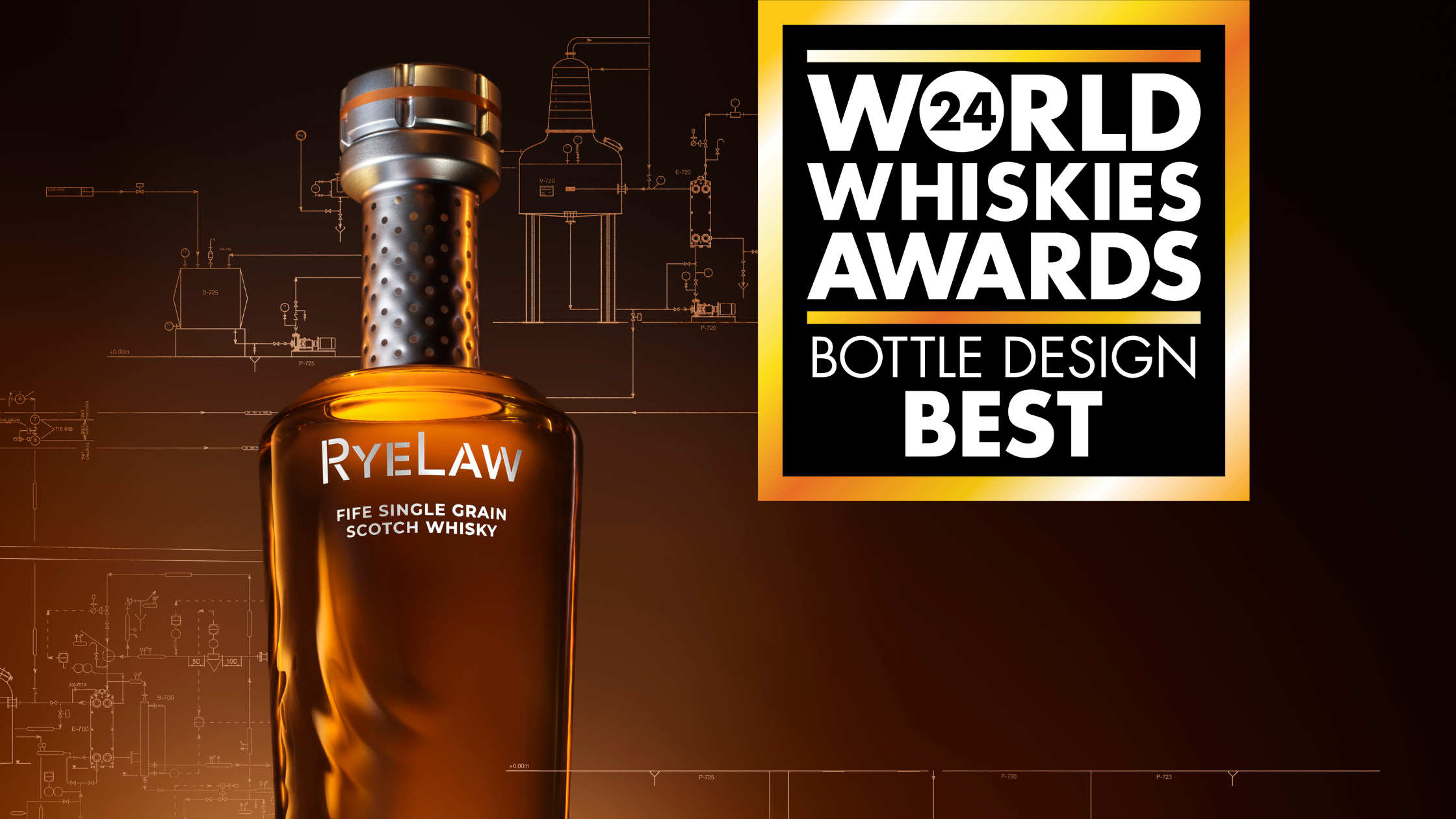

InchDairnie Wins Best Bottle Design at the World Whiskies Awards
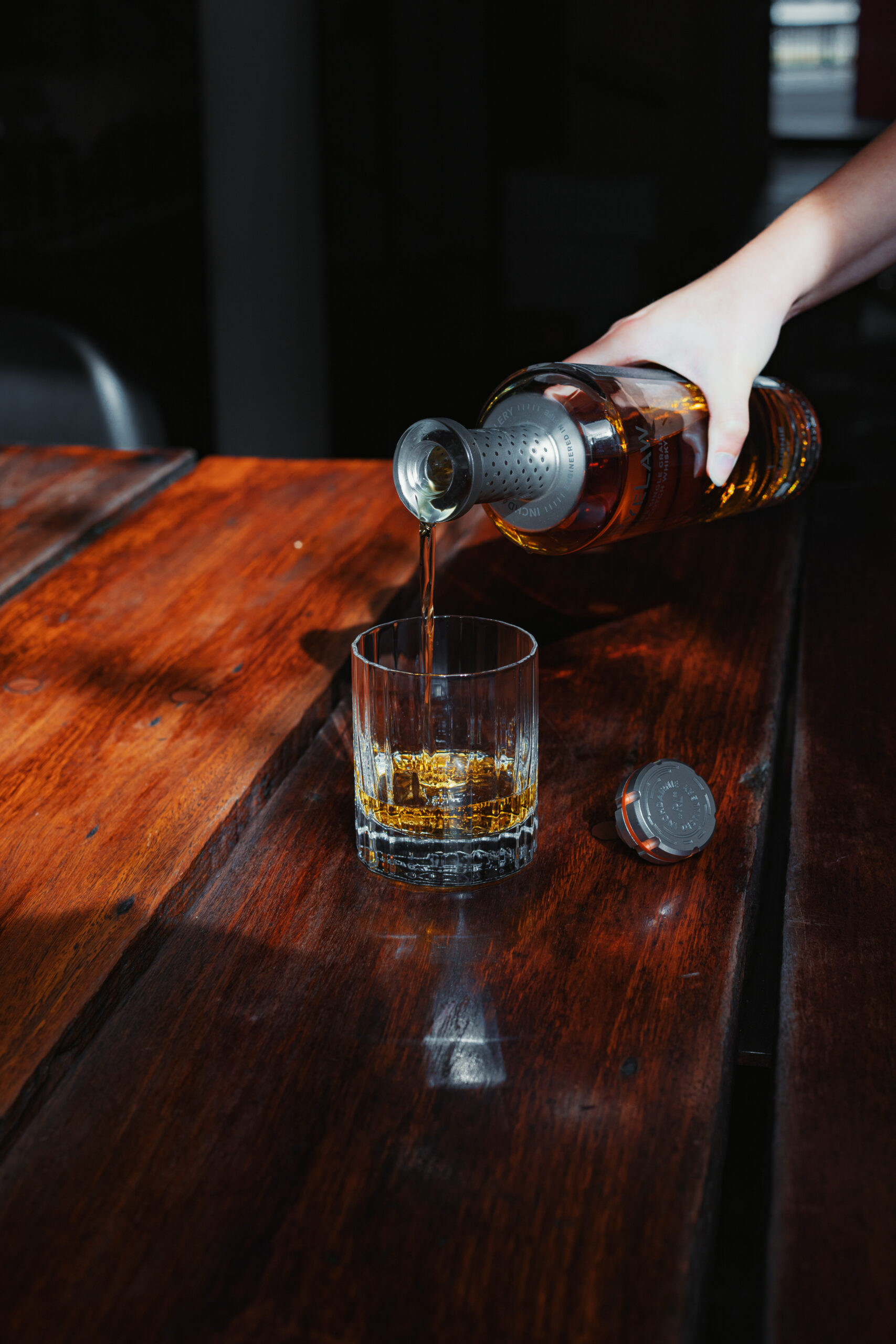

InchDairnie Distillery Appoints New UK Distributor, Disaronno International UK Ltd.


RyeLaw has launched in Travel Retail
InchDairnie Distillery is proud to announce its partnership with Gebr. Heinemann for the European expansion into Travel Retail for our first release, RyeLaw Fife Single Grain Scotch Whisky, now available at Copenhagen, Frankfurt and Vienna airport.


Our Luxury Partnership with LeBlanq – 2023 Highlights
In early 2023, we announced our partnership with luxury cycling tour specialist, LeBlanq as their official Global Whisky Partner for 2023/24. LeBlanq believe in rewarding life’s hard work with the ultimate escapism – indulgent weekends of eating and drinking all whilst joyriding in some of the world’s most beautiful cycling and culinary destinations.


RyeLaw Wins Newcomer of the Year
RyeLaw wins Newcomer of the Year at the Scottish Whisky Awards 2023.
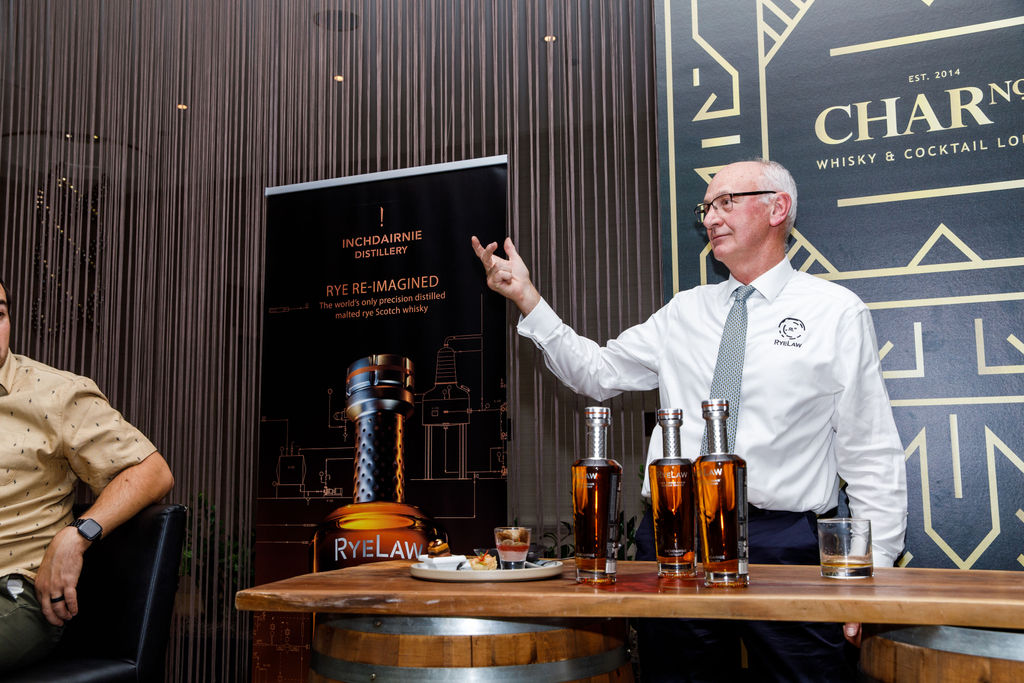

RyeLaw has Launched Coast to Coast in Canada
Our Managing Director Ian, has been on a whirlwind tour, launching our golden liquid across the stunning provinces of Canada.
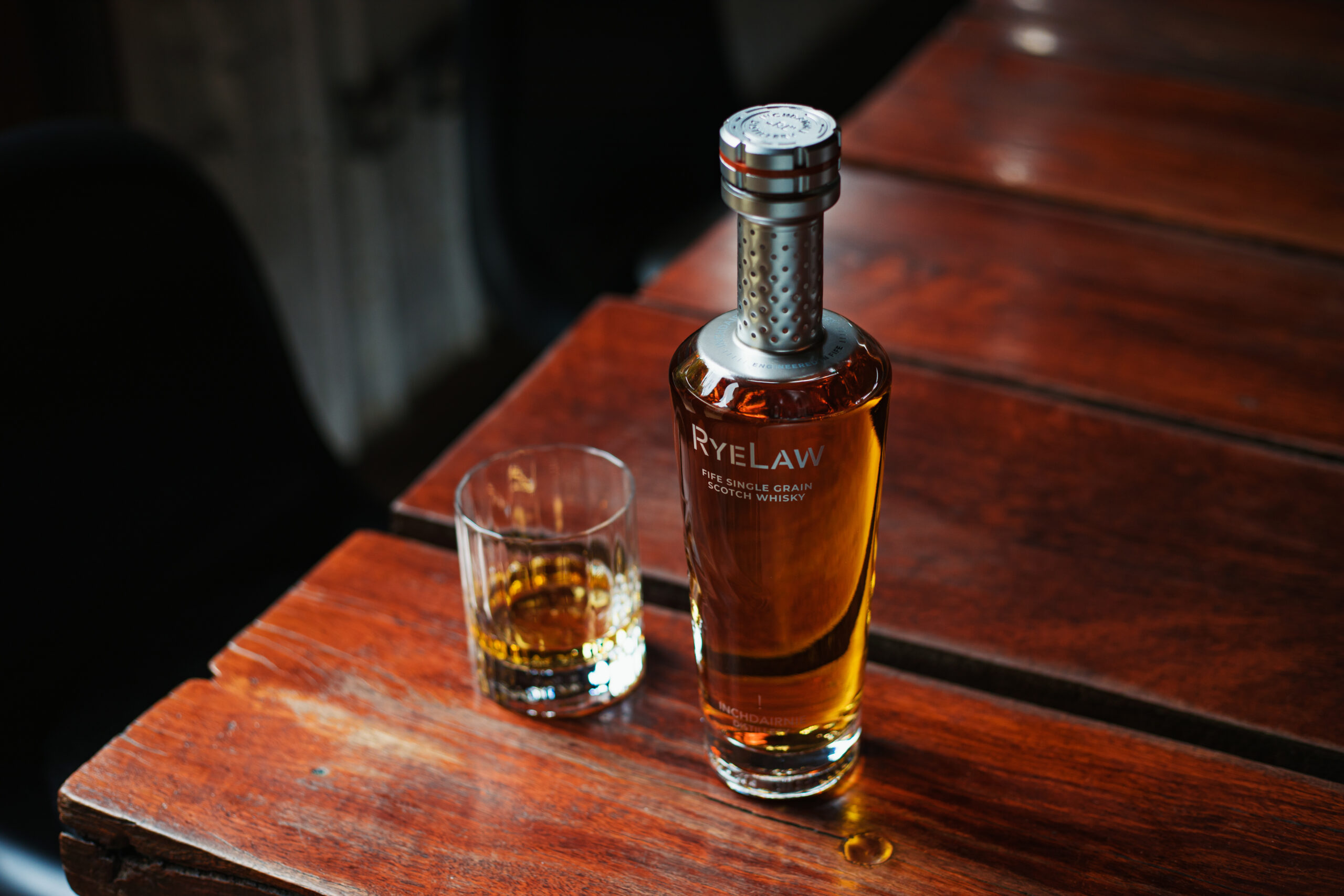

RyeLaw Has Launched In The Far East
The global roll out of our first brand, RyeLaw, continues with the launch in Taiwan and Japan. Both these countries are key markets in this important whisky region and we are delighted to be working with Union Liquor in Japan and Drinks, Wines and Spirits Co in Taiwan.


InchDairnie Distillery Commences ‘Pot Still’ Whisky Production and Breaks New Ground for Scotch Whisky Industry
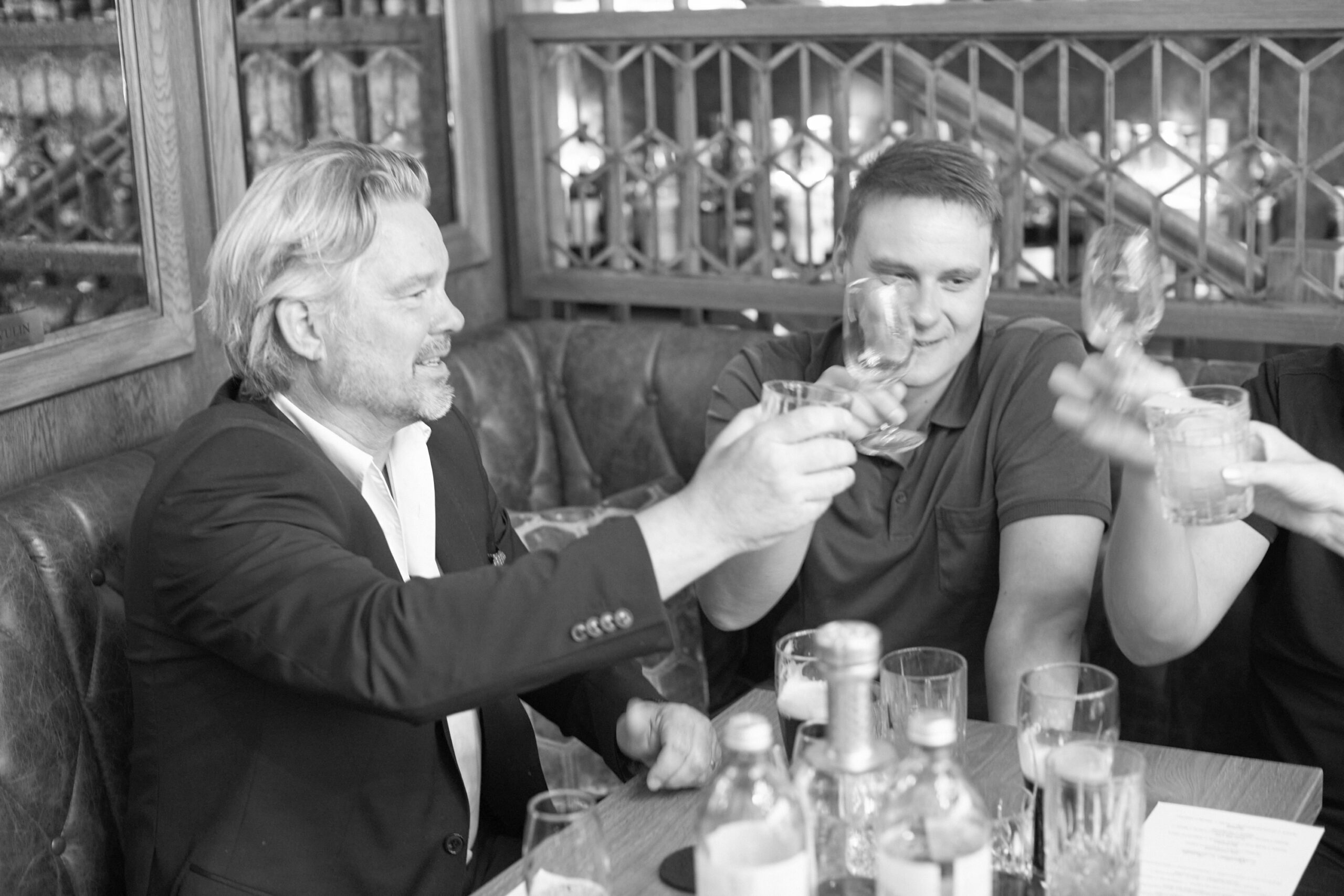

RyeLaw is Officially Launched in Germany
“A very special, extremely successful, innovative whiskey.” Joachim Teschke
The month of July saw our Managing Director, Ian Palmer, spend two fantastic days in Hamburg and Berlin, officially launching RyeLaw in Germany.

